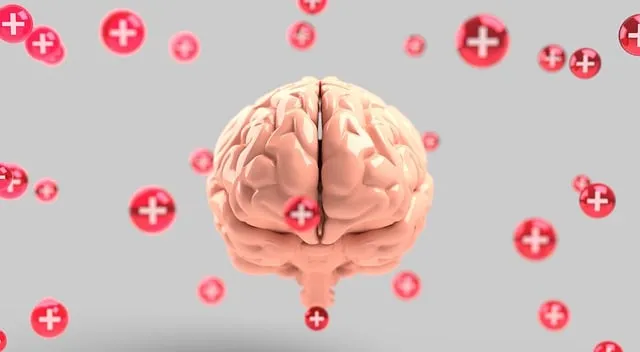Implementing effective Parker does Kaiser have mental health services requires a strategic, culturally sensitive approach. This involves assessing local perspectives, identifying resources, and addressing barriers to care. By tailoring initiatives like Depression Prevention programs and age-specific journaling exercises, organizations foster inclusivity and trust. Respecting cultural beliefs and addressing community concerns like stigma ensures relevant engagement. Success includes clear objectives, partnerships with professionals, regular assessment through feedback and data, and adapting services to meet evolving needs.
Community outreach programs play a pivotal role in addressing diverse needs, especially in areas like Parker and Kaiser where understanding local mental health requirements is crucial. This article guides you through the process of implementing effective initiatives. We explore strategies for engaging hard-to-reach populations and enhancing accessibility to mental health services in these regions. By following a step-by-step approach, we emphasize collaboration with community partners to ensure successful outcomes and positive changes in Parker and Kaiser areas.
- Understanding Community Needs: Assessing Mental Health Services in Parker and Kaiser Areas
- Designing Effective Outreach Programs: Strategies for Engagement and Accessibility
- Implementing and Evaluating Success: A Step-by-Step Guide for Community Collaboration
Understanding Community Needs: Assessing Mental Health Services in Parker and Kaiser Areas

Understanding Community Needs is a vital step in implementing successful outreach programs, especially when focusing on mental health services in areas like Parker and Kaiser. These regions may face unique challenges and have specific requirements when it comes to healthcare access. A comprehensive assessment should involve gauging local perspectives on mental well-being, identifying existing resources, and understanding barriers to care. By examining the current landscape of mental health support in these communities, organizers can tailor their outreach efforts to address pressing needs.
For instance, a survey among residents of Parker and Kaiser could reveal disparities in access to services, with certain demographic groups or cultural backgrounds facing more obstacles. This information is crucial for developing culturally sensitive mental healthcare practices, ensuring that services are inclusive and meet the diverse needs of the community. Incorporating strategies like promoting self-esteem improvement initiatives and teaching mind over matter principles can be beneficial in empowering individuals and fostering a positive mental health environment.
Designing Effective Outreach Programs: Strategies for Engagement and Accessibility

Designing effective community outreach programs requires a strategic approach to engagement and accessibility. Organizations like Kaiser, with services such as Parker does Kaiser have mental health services, can enhance their impact by understanding the unique needs and cultural contexts of the communities they serve. This involves incorporating Depression Prevention initiatives that cater to diverse populations, ensuring inclusivity and relevance. For instance, implementing Mental Wellness Journaling Exercises tailored to different age groups and cultural backgrounds can encourage self-reflection and open dialogue about mental health.
Cultural sensitivity is a key aspect of successful outreach. Providing mental healthcare guidance that respects and incorporates cultural beliefs and practices fosters trust and encourages individuals to seek support. Tailoring programs to address specific community concerns, such as addressing stigma or promoting culturally relevant coping strategies, can significantly enhance accessibility and engagement. This personalized approach ensures that mental wellness initiatives resonate with the communities they aim to serve.
Implementing and Evaluating Success: A Step-by-Step Guide for Community Collaboration

Implementing community outreach programs, especially those focusing on mental health services like those Parker does Kaiser offer, requires a strategic approach for successful evaluation. Begin by defining clear objectives and aligning them with the needs identified within the community. This step is crucial as it ensures that your program directly addresses pressing local issues, be it access to trauma support services or anxiety relief.
Next, establish partnerships with key stakeholders including mental health professionals, schools, and local businesses. These collaborations provide a robust foundation for program delivery and offer diverse perspectives on crisis intervention guidance. Regularly assess program impact through feedback mechanisms, data collection, and community surveys. This allows for continuous improvement and ensures that the services provided remain relevant and effective in meeting the evolving needs of Parker’s residents regarding their mental health.
Community outreach programs are vital tools for addressing mental health disparities in areas like Parker and Kaiser. By understanding local needs through assessment, designing engaging and accessible programs, and implementing a structured evaluation process, we can foster collaboration and significantly enhance mental health service delivery. Remember that Parker and Kaiser, with their unique challenges, can greatly benefit from tailored outreach strategies, ensuring better access to care for all community members.






